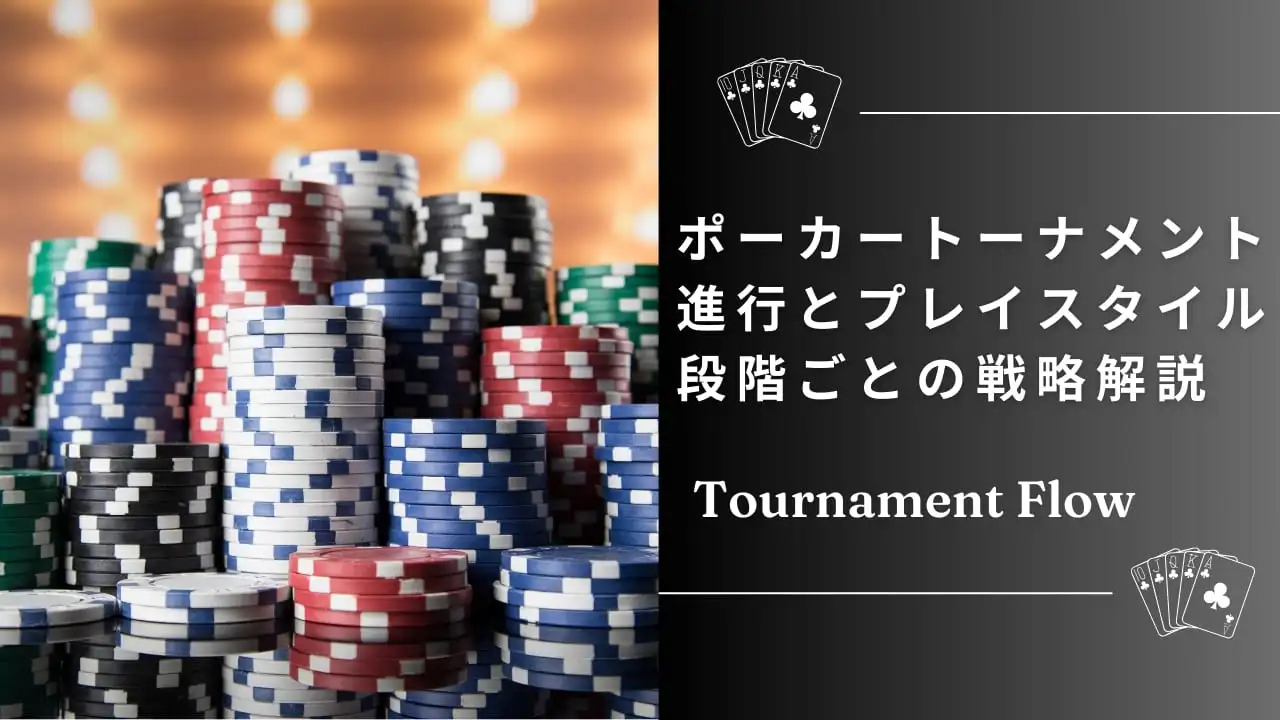Poker tournaments require more than just knowing the rules—they demand adaptable strategies at every stage. From deep-stacked early levels to intense heads-up battles, each phase presents unique challenges and opportunities. In this article, we’ll walk you through the key phases of a poker tournament—early, middle, bubble, and late stages—and break down the best strategies to help you outlast the competition.
From Start to Mid-Game: Understanding Stack Sizes and Blind Levels
Starting Stack and Blind Dynamics
At the beginning of a tournament, each player receives a fixed number of chips, and the blinds (forced bets) gradually increase over time. Your playstyle should change based on your stack size relative to the big blind (BB).
- Deep Stack (100BB or more): Offers flexibility to play more hands and focus on post-flop strategy. Patience and selective aggression are key.
- Mid Stack (30–100BB): Requires balanced play. Overly loose or tight styles can lead to missed opportunities or quick eliminations.
- Short Stack (under 30BB): Aggression is essential. Look for spots to steal blinds or shove all-in when you have fold equity.
The Pressure of Rising Blinds
As levels progress, blinds increase and the effective stack sizes shrink:
- Early Levels (1–5): Blinds are low. Preserve your chips and play premium hands conservatively.
- Middle Levels (6–10): Blind pressure grows. Stealing and 3-betting from late positions become more valuable.
- Late Levels (11+): All-ins become frequent. Carefully assess opponents’ stack sizes to make calculated decisions.
Player Count and Table Dynamics
As players are eliminated, table sizes shrink, and your strategy must adapt accordingly:
- Full Ring (9–10 players): Tight and cautious play is standard. Position matters more, and speculative hands lose value.
- Short-Handed (5–6 players): Open up your range. Aggression is rewarded, and post-flop skills are crucial.
- Heads-Up (2 players): Positional advantage becomes decisive. Aggressive button play and hand reading are essential.
Bubble Strategy: Playing on the Cusp of the Money
Adjusting Your Strategy for ITM (In the Money)
During the bubble phase—just before reaching the payout positions—players tend to tighten up. Tailor your approach based on your stack:
- Short Stack (≤10BB): Choose your all-in spots wisely. Survival is key.
- Mid Stack (20–40BB): Balance risk and aggression. Target blinds with well-timed steals.
- Big Stack (50BB+): Apply pressure on medium stacks. Use their fear of busting to accumulate chips.
ICM and Risk Management
ICM (Independent Chip Model) changes the value of chips depending on payout implications. During the bubble:
- Short stacks should avoid marginal confrontations.
- Mid stacks should play cautiously but opportunistically.
- Big stacks can exploit others’ fear by raising frequently, especially in position.
Big Stack vs. Short Stack Dynamics
- Short Stack: Look for low-risk shove opportunities (e.g., from BTN or CO).
- Big Stack: Force folds from smaller stacks using positional aggression.
Final Table and Late Game Tactics
Shifting Gears as Players Drop Out
At the final table, every decision is magnified due to significant prize differences. Focus on:
- Playing aggressively from late position (BTN, CO)
- Adjusting all-in ranges based on ICM pressure
- Observing opponents’ stack sizes and tendencies
Navigating ICM-Heavy Situations
In payout-heavy spots (e.g., moving from 3rd to 2nd place), reckless aggression can be costly. Big stacks should target smaller stacks, while medium stacks must pick spots carefully.
Heads-Up Strategy
In one-on-one play, aggression and position are everything. Your main goals are to:
- Play aggressively from the BTN
- Widen your range significantly
- Adapt to your opponent’s tendencies
Winning heads-up requires adjusting your approach quickly and using every informational edge available.
Conclusion
Poker tournaments are about more than just survival—they’re about evolving your strategy at every stage:
- Early Game: Preserve your stack and avoid unnecessary risk.
- Mid Game: Ramp up aggression and seize steal opportunities.
- Bubble Play: Manage ICM risk while picking the right moments to attack.
- Late Game: Adapt to stack dynamics and maximize your payout potential.
By mastering each phase of the tournament, you’ll give yourself the best chance of reaching the final table—and winning it all.


